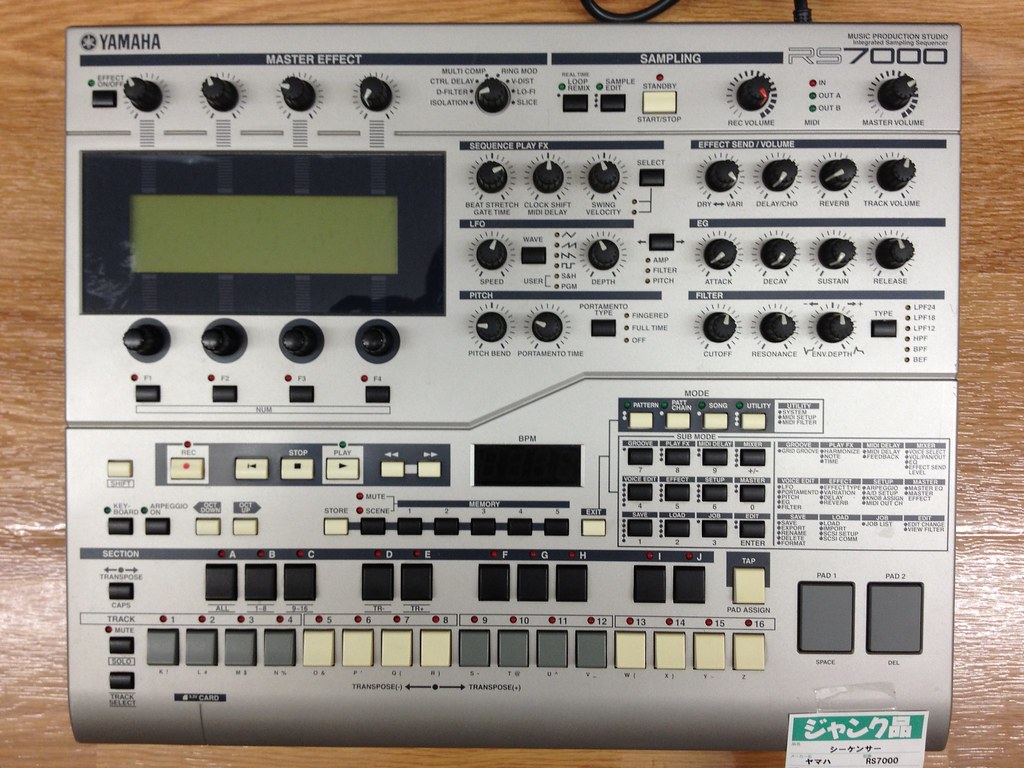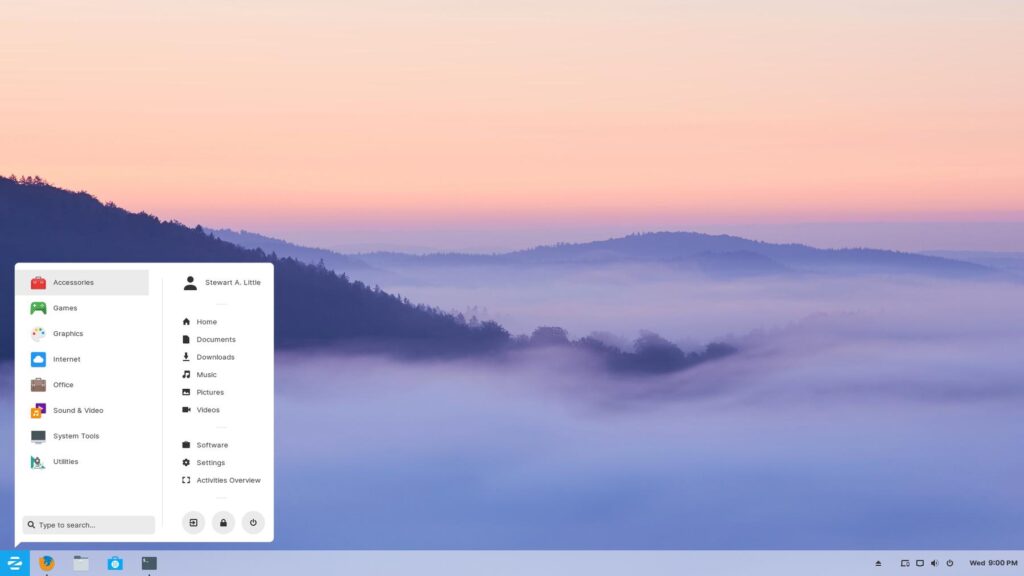Are you a music producer looking to upgrade your operating system but don’t know which one to choose? With so many options available, it can be overwhelming to determine which OS will best suit your music production needs. Windows and Mac are two of the most popular operating systems for music production, but which one is truly the best? In this blog post, we’ll explore the pros and cons of each OS and help you make an informed decision on which one will take your music production game to the next level. So grab a cup of coffee and let’s dive in!
Table of Contents
Introduction: Windows Vs. Mac for Music Production
When it comes to music production, choosing the right operating system (OS) is crucial. The two main players in the OS market are Windows and Mac, each with their own strengths and weaknesses. While Windows is known for its affordability and versatility, Mac has a reputation for being more user-friendly and reliable. But which one is best for music production? To answer that question, we need to take a closer look at the features and functionalities of both operating systems as well as their compatibility with popular software and plug-ins in the next sections.
Comparing Features and Functionality: What Matters Most?
Features and Functionality
When comparing Windows and Mac for music production, it’s important to consider their features and functionality. Both operating systems offer built-in audio recording and editing tools, but Mac has traditionally been favored by professionals due to its higher-end hardware options. However, recent improvements in Windows laptops have closed the gap between the two OSs.
One advantage of Windows is its wider variety of affordable software options. Music producers on a budget can find quality software for a lower price point than they would on Mac. Additionally, Windows allows users to easily upgrade individual components like RAM or storage without having to replace the entire machine.
On the other hand, Mac offers seamless integration with Apple’s suite of professional-grade applications such as Logic Pro X and GarageBand. These programs are known for their simple interface design, reliability, and high-quality sound processing capabilities.
Ultimately, the decision comes down to personal preference in terms of which features are most important for each user’s specific needs in music production.
User Experience: Which OS is More Intuitive for Music Producers?
When it comes to user experience for music production, both Windows and Mac have their pros and cons. While Windows has improved vastly in recent years with their user interface, some users may still find it less intuitive compared to Mac’s consistent design language across the OS. On the other hand, Mac’s closed ecosystem can be limiting for power users who prefer more customization options over simplicity.
However, Apple has integrated several features that make music production a seamless experience on their platform. The ability to connect multiple audio devices simultaneously is a standout feature that is not as straightforward on Windows. Additionally, GarageBand – a free digital audio workstation only available on Mac – offers an excellent starting point for beginners who want to explore music creation without breaking their bank account.
In summary, while user preference plays a significant role in choosing an OS for music production; from my personal experience as someone who uses both platforms regularly and EXCLUSIVELY FOR MUSIC PRODUCTION I must say that macOS offers better consistency of software performance across different systems configurations which makes troubleshooting much easier than windows but it ultimately depends on individual needs and preferences.

Compatibility with Popular Software and Plug-Ins
For music producers, having access to a wide range of software and plug-ins is essential. When choosing between Windows and Mac, it’s important to consider compatibility with popular programs such as Ableton Live, Pro Tools, Logic Pro X or FL Studio. Most popular music production software have versions for both operating systems, so the choice may come down to personal preference.
However, some plug-ins are only available on specific platforms. For example, Apple’s own Audio Units (AU) format can only be used on macOS while VST plugins work best with Windows-based DAWs. It’s also worth noting that older hardware and drivers may not work as well on newer OS versions.
Overall, both Windows and Mac offer solid options for music production given their full support from major audio interfaces manufacturers like Focusrite or PreSonus . The key is to research what tools you need in advance and choose an OS based on your requirements rather than blindly following one platform over the other.
Final Verdict: Which OS Reigns Supreme for Music Production?
When it comes to choosing between Windows and Mac for music production, there is no clear-cut winner as both have their pros and cons. However, if you’re someone who values customization and flexibility over anything else, then Windows might be the better choice. With a wide range of hardware options available at different price points, users can easily build or upgrade their systems according to their needs.
On the other hand, if you prioritize ease-of-use and reliability in your workflow, then Mac could be a better fit for you. Apple’s macOS has long been known for its user-friendly interface and seamless integration with its own proprietary software such as Logic Pro X.
In the end, the decision ultimately depends on what matters most to you as an individual user. Consider your budget, preferred software packages/plug-ins compatibility requirements, desired workflow preferences before making a call. Both operating systems are capable of handling high-level music production tasks; it all boils down to which one aligns with your personal preferences more closely.
In conclusion, choosing the best OS for music production ultimately depends on your personal preferences and needs. Both Windows and Mac have their strengths and weaknesses when it comes to features, functionality, user experience, and software compatibility. It’s important to carefully consider these factors before making a decision.
At the end of the day, what matters most is that you feel comfortable working with your chosen OS so that you can focus on creating great music. And remember – regardless of which operating system you choose, there are plenty of resources available online to help you maximize your productivity as a music producer.
If you enjoyed this article and want more insights into music production techniques or gear reviews check out our other content!
Questions & Answers
Who dominates the music production market, Windows or Mac?
Mac has traditionally been favored by music producers, but Windows has caught up in recent years.
What are the advantages of using Mac for music production?
Mac’s stability, intuitive interface, and optimized software make it a popular choice for music production.
How does Windows compare to Mac for music production?
Windows has improved significantly and offers a wider range of hardware options and software compatibility.
What about customization options for music production?
Windows offers more customization options for music production software and hardware.
What if I prefer a Mac but can’t afford it for music production?
There are more affordable Mac options, and Windows machines can also be optimized for music production.
How do I choose between Windows and Mac for music production?
Consider your budget, software and hardware needs, and personal preferences to make the best decision for you.


